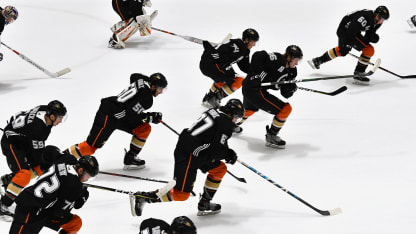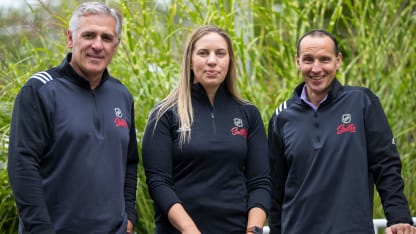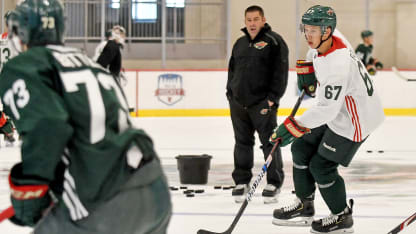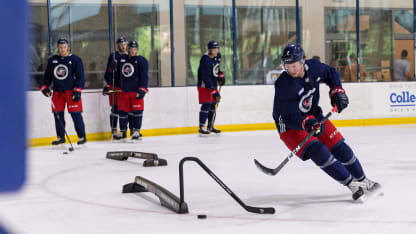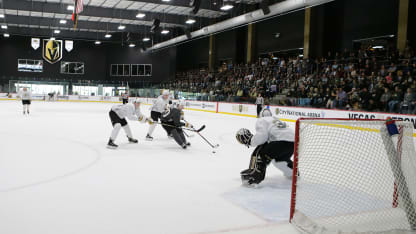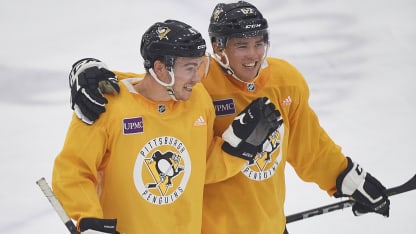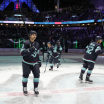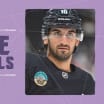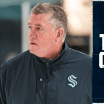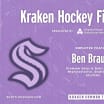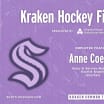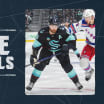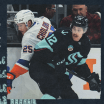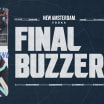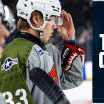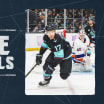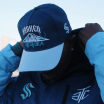Hockey comes to full roar when players excel at their positions. The result is a choreography of movement and teamwork that creates quality scoring chances, paired with an equally synchronized defensive effort to stop the puck from entering the net. Forwards, defensemen and goalies all work together for both teams at speeds that challenge oxygen intake.
This NHL-level version of hockey requires what can be years of development for younger players who are drafted from the ranks of major juniors leagues, the NCAA college ranks or European leagues (especially Finland, Sweden and Russia). Player development starts with management and scouting. For NHL Seattle, the process has already begun, even if no future player will skate his first Seattle-centric shift of ice time until the second half of 2021.
Taking a Position
In the NHL, player development differs among all forwards, defenseman and goalies. Here's how NHL Seattle brass see it
